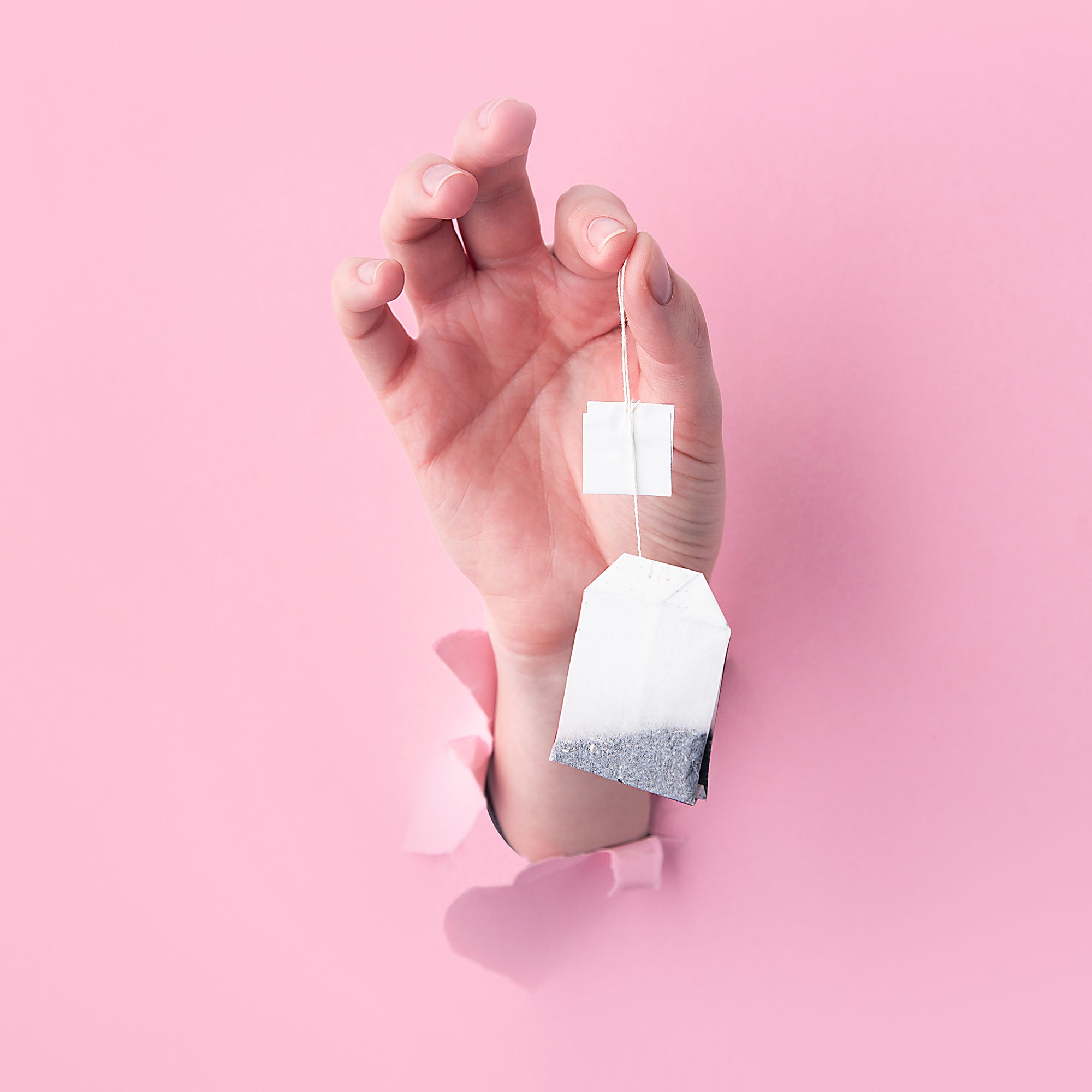But how do we know that?
We hear you – if plastic has only been around a few decades, how do we know it will take hundreds (or even thousands) of years to break down?
Scientists use things like respiration testing and UV-degradation testing to predict how long things will stick around. Since no one knows for sure, at Ethique we take the most conservative estimates – that’s 400 years, although some studies suggest plastics could take over 1000 years to break up.
It’s also worth noting that while plastic will break up into microscopic pieces given enough time, it will never decompose.
Let’s just get some terminology right – there’s composting, which is when you turn organic matter like paper, food and plants into usable fertiliser by putting it in a heap and letting it rot. That rot? That process is called biodegradation – and it’s all about microorganisms feeding on this material and, essentially, turning it back into soil. So, while wood, cotton and even (real) rubber will eventually be eaten by microorganisms, decompose and return to the soil, plastic won’t. It sits there forever. After a few hundred years your shampoo bottle will look like it's gone, but really it’s just been broken up into tiny, tiny pieces. Those microplastics are everywhere – we’ve even found them at the bottom of the deepest part of our oceans.
How do scientists work it all out?
Scientists use respirometry tests to measure how much CO2 is produced when bacteria do their work. A newspaper, banana peel or a plastic bag, for example, is put into what is essentially decomposition paradise. As microorganisms start breaking things down, they produce carbon dioxide – how much they produce can give us a guide on how quickly each item will break down.
For example, banana peels produce a CO2 bonanza – that tells us they’ll take just a week or so to break down in a compost heap, (and that’s backed up by what happens in real-life heaps). Put a plastic bag in there? Nothing. No CO2 produced at all, which tells us the bacteria are just chilling out in there – to those little guys, a plastic bag simply isn’t food.
So, left out in the wild, surrounded by microorganisms whose life’s work is to turn things back to soil, we know almost certainly that plastic won’t ever biodegrade.
But plastic does break up into bits – we know this because of accelerated life testing (ALT). Basically, it condenses the life of an object to see how long it will last. This is used by manufacturers to test their products, and can also be used to study how plastic might break up. ALT uses a few processes to mimic the impact of heat, humidity, sunshine, pollution and other corrosive elements over a product’s lifetime.
UV degradation (sunlight!) is what affects plastic. Different types of plastic behave differently, but in general it’ll become brittle, change colour, look chalky and eventually crack. Give it enough time in the sunlight and air, and plastic will break up as the polymers – the bonds – in the plastic are destroyed. So, yeah, it’ll all fall apart, but the pieces, those microplastics, remain in our environment.
That process is already well under way – every year, we pour 8 million tonnes of plastic into the sea. It’s exposed to the elements and broken down (up?) into microplastics, which are now found in every organism sampled (including itty-bitty plankton). It’s also been killing everything from seabirds to whales.
One thing we’re also not sure of? What happens to our world when it’s drowning in microscopic bits of plastic that will never biodegrade. It’s probably not good.
400 years to microplastic is a (terrible) best-case scenario
Ideally, plastics won’t end up seeing the sun at all. The vast majority of what doesn’t end up in the water is sealed into landfill and forgotten about. The thing is, landfills are like time machines. Some are compacted, wrapped in concrete, then buried – nothing, especially not plastic, breaks down or decomposes. Even a landfill piled up and left in the open tends to compact in on itself and preserve things that would otherwise have broken down in weeks. So out of a landfill, the best-case scenario is 400 years until your bottle turns into damaging plastic dust. In a landfill, it will last much, much longer.
Oh, and most compostable plastics aren’t really compostable either – while some will decompose in commercial composting facilities, most won’t even do that. Even created from hemp or corn, the structure of these new plastics is still… plastic. If it’s genuine plastic, what it’s made from makes absolutely no difference. The annoying thing is that there’s no legal definition for compostable plastics – manufacturers can claim it without really proving it.
Let’s ditch plastic
So even in ideal conditions your plastic shampoo bottle will probably never, ever decompose. The most conservative estimates predict it will break down after 400 years – into something that’s arguably even worse. While recycling is a good last resort, the best way to tackle our plastic problem is to stop using it in the first place.

 Impact
Impact Blog
Blog Store Locator
Store Locator


